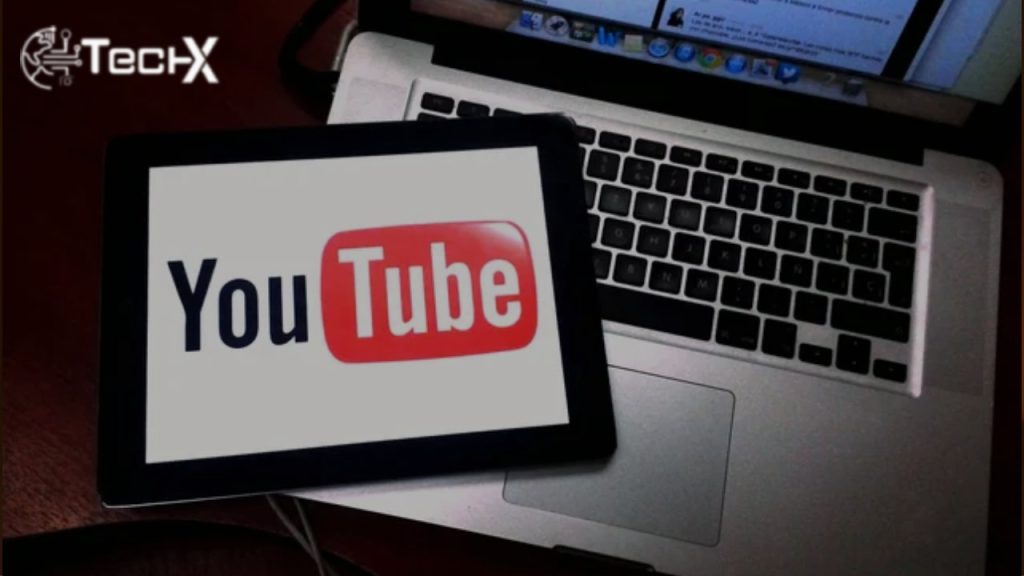YouTube creators recently noticed something unusual with their Shorts: videos appeared sharper, clearer, and visually altered compared to the originals they had uploaded. These changes were not user edits, but silent adjustments performed by YouTube itself. The Atlantic reported that some creators expressed surprise and frustration, questioning why their content was being modified without prior notification or an option to disable the alterations.
YouTube Confirms Enhancement Testing
When The Atlantic sought clarification, YouTube spokesperson Allison Toh confirmed that the company is indeed experimenting with “image enhancement technology” on a small number of Shorts. According to Toh, the goal is to reduce blur, eliminate noise, and improve overall clarity. She stressed these upgrades were not powered by generative AI but rather traditional machine learning methods. Still, creators remain skeptical about the lack of transparency surrounding the process.
Concerns Over Transparency
While YouTube frames the adjustments as quality improvements, many creators believe the platform is crossing boundaries. The most troubling factor is that YouTube did not notify video owners before modifying their work. Creators feel excluded from decisions directly affecting how their videos are presented to audiences. Whether these enhancements are visible universally or only within select A/B testing groups also remains unclear, adding another layer of uncertainty.
Technology Behind the Changes
YouTube has not disclosed which specific algorithms or tools are being used in this test. The only confirmed detail is that the enhancements rely on machine learning rather than advanced generative AI. By sharpening visuals and reducing blur, the platform may be positioning itself as a space where all uploaded content maintains a polished appearance. However, creators argue this approach undermines authenticity, especially for those who prefer raw or unfiltered aesthetics.
Also Read: Elon Musk’s xAI Releases Grok 2.5 as Open Source Model
Connection to AI Experimentation
The timing of these visual changes has sparked further speculation. Recently, YouTube unveiled creative tools that animate still photos and add AI-powered effects, including underwater movements and duplicate characters. Observers believe the subtle enhancements may be part of a larger push to normalize synthetic visuals on the platform. By slowly integrating machine adjustments, YouTube could be preparing audiences to accept AI-driven alterations as a standard part of video content.
Creators Worry About Long-Term Impact
For many content creators, the main concern is not simply sharper images but the precedent it sets. If YouTube can quietly enhance visuals without asking, what prevents future modifications involving color changes, sound adjustments, or even generative AI alterations? Some fear this undermines creative control and misrepresents their artistic intent. A video that no longer reflects the creator’s original vision could damage credibility with loyal audiences.
Audience Conditioning Speculation
Commenters online have raised an interesting theory: platforms like YouTube might be “training” viewers to grow accustomed to an AI-like aesthetic. By subtly enhancing Shorts today, audiences may gradually perceive such synthetic polish as the new normal. Eventually, when stronger AI effects become integrated into content, the audience might not notice—or object—because the transition has been introduced incrementally. This subtle conditioning raises questions about long-term cultural impacts.
Comparisons With Meta’s Approach
YouTube is not alone in experimenting with deeper AI integration. Meta has already rolled out its “AI Studio,” encouraging users to design chatbot personalities for Facebook and Instagram. Meta has openly predicted that AI entities will one day exist alongside human users on its platforms. With such ambitions in tech, YouTube’s enhancements appear less like isolated tests and more like part of a broader industry movement toward synthetic digital environments.
The Question of Consent
At the heart of the controversy lies the issue of consent. Should platforms have the right to modify uploaded content without asking creators first? While YouTube argues that these enhancements improve user experience, creators feel the platform is tampering with ownership and authorship. In creative industries, consent is critical—altering work without permission can distort original messages, erode trust, and diminish the relationship between platforms and the communities they serve.
Looking Ahead
As YouTube continues experimenting, the future remains uncertain. Will creators eventually gain an option to opt out of enhancements, or will these modifications become permanent across all Shorts? More importantly, how will this testing influence audience expectations of what online video should look like? Until YouTube establishes greater transparency, creators will remain cautious, interpreting these silent experiments as part of a larger, ongoing shift toward machine-mediated creativity.
